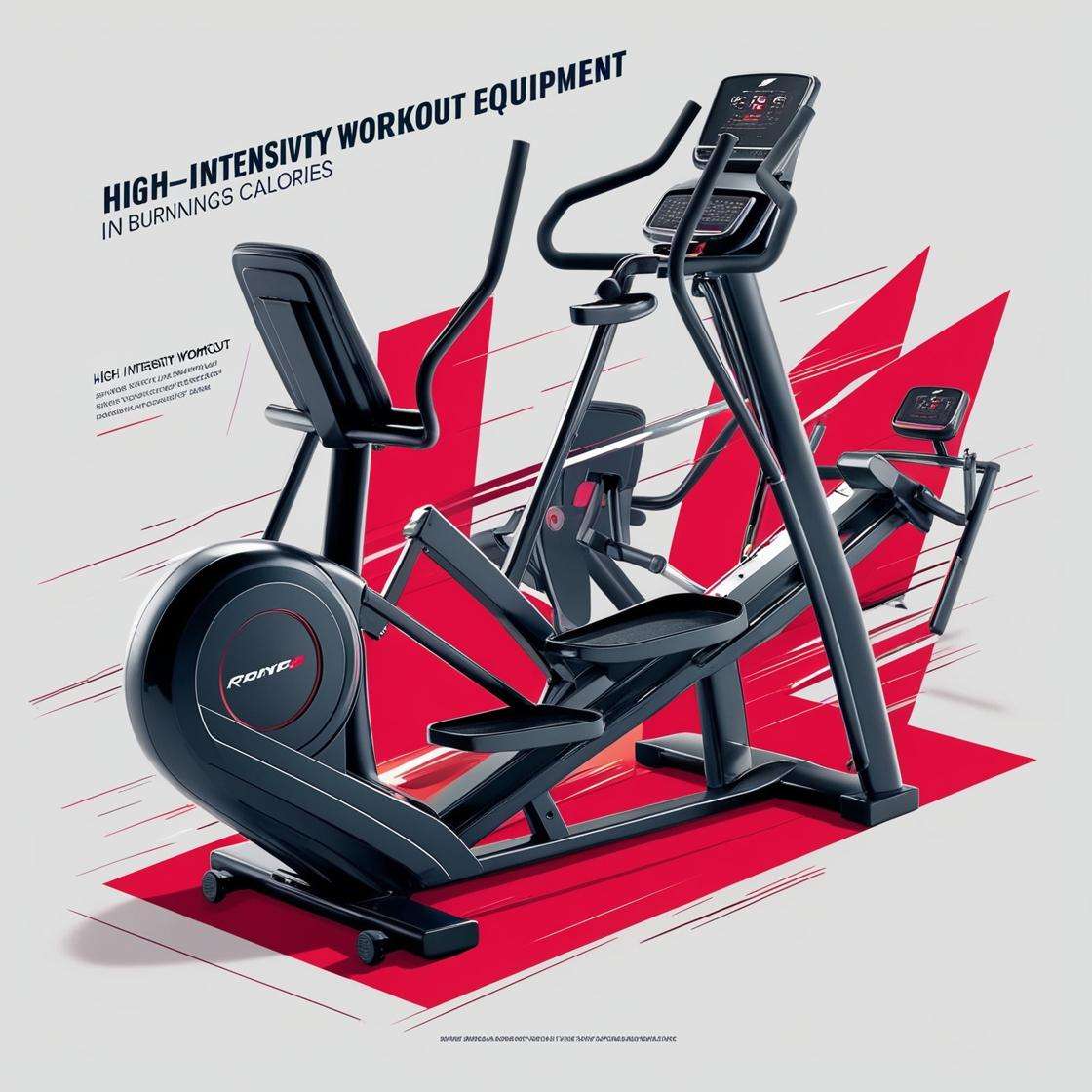The Ultimate Guide to Choosing Exercise Equipment for Upper Body: What Trainers Don’t Tell You
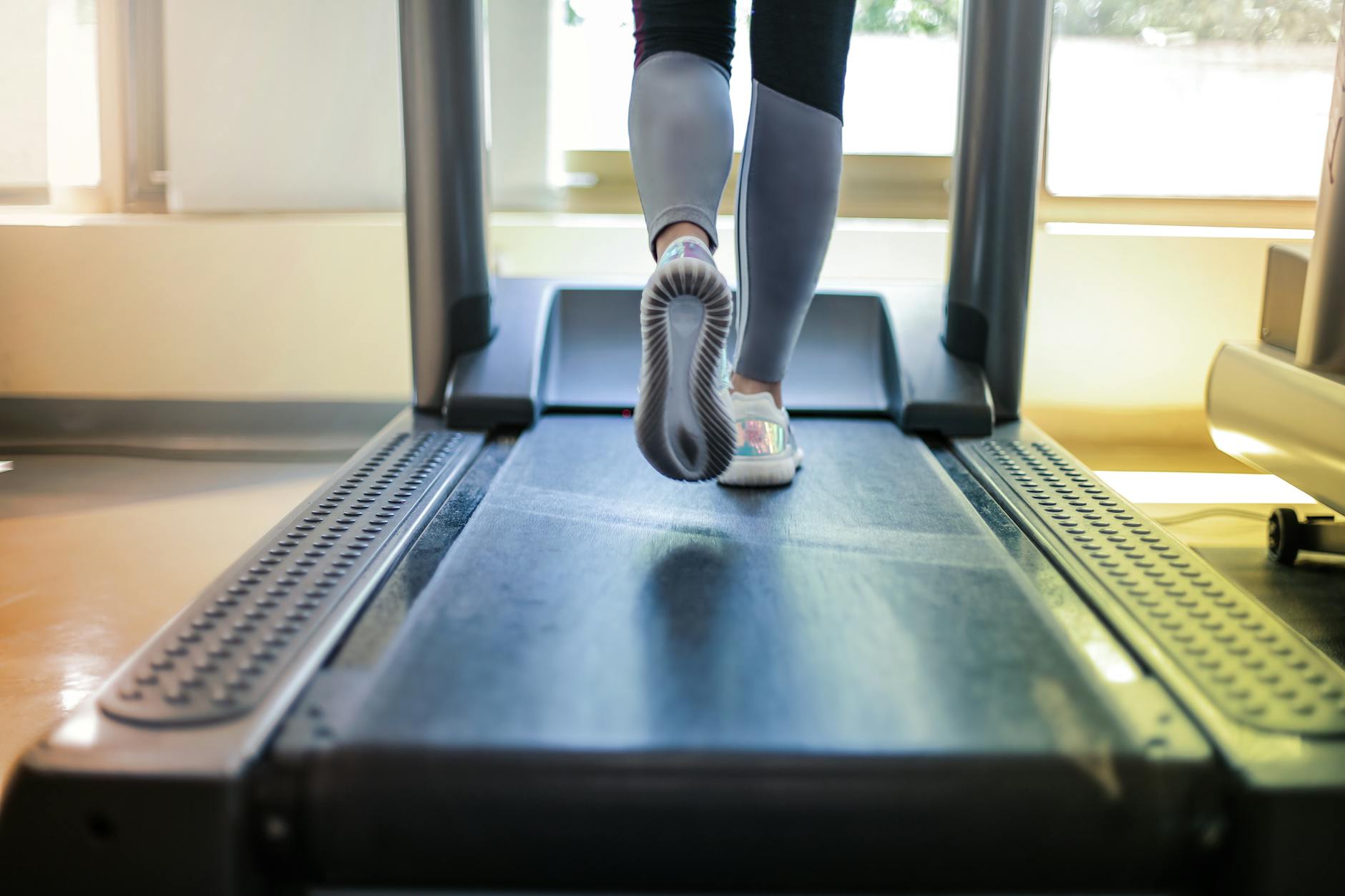
Tired of entering the gym and getting lost in the ocean of upper body equipment?
You’re not alone. Many gym-goers feel lost in a sea of shiny gadgets, weights, and machines, unsure of where to start. The truth is, the exercise you choose matters far more than the price or trendiness of the gear. It’s about finding what suits your goals, body, and lifestyle. Whether you’re building strength as a beginner or pushing past a plateau as a seasoned athlete, understanding upper body training equipment is the key to making real progress.
In this ultimate guide, we will sift through the chatter and explore the world of upper body exercise equipment. Whether you want to know what your fitness goals are or what are some of the myths, we will guide you through this process so that you can make an informed choice. Prepare to see how to choose equipment according to your level of experience, in consideration of your budget, and even the role of technology in your workout program. Let us break down the components that make a perfect upper body equipment selection!
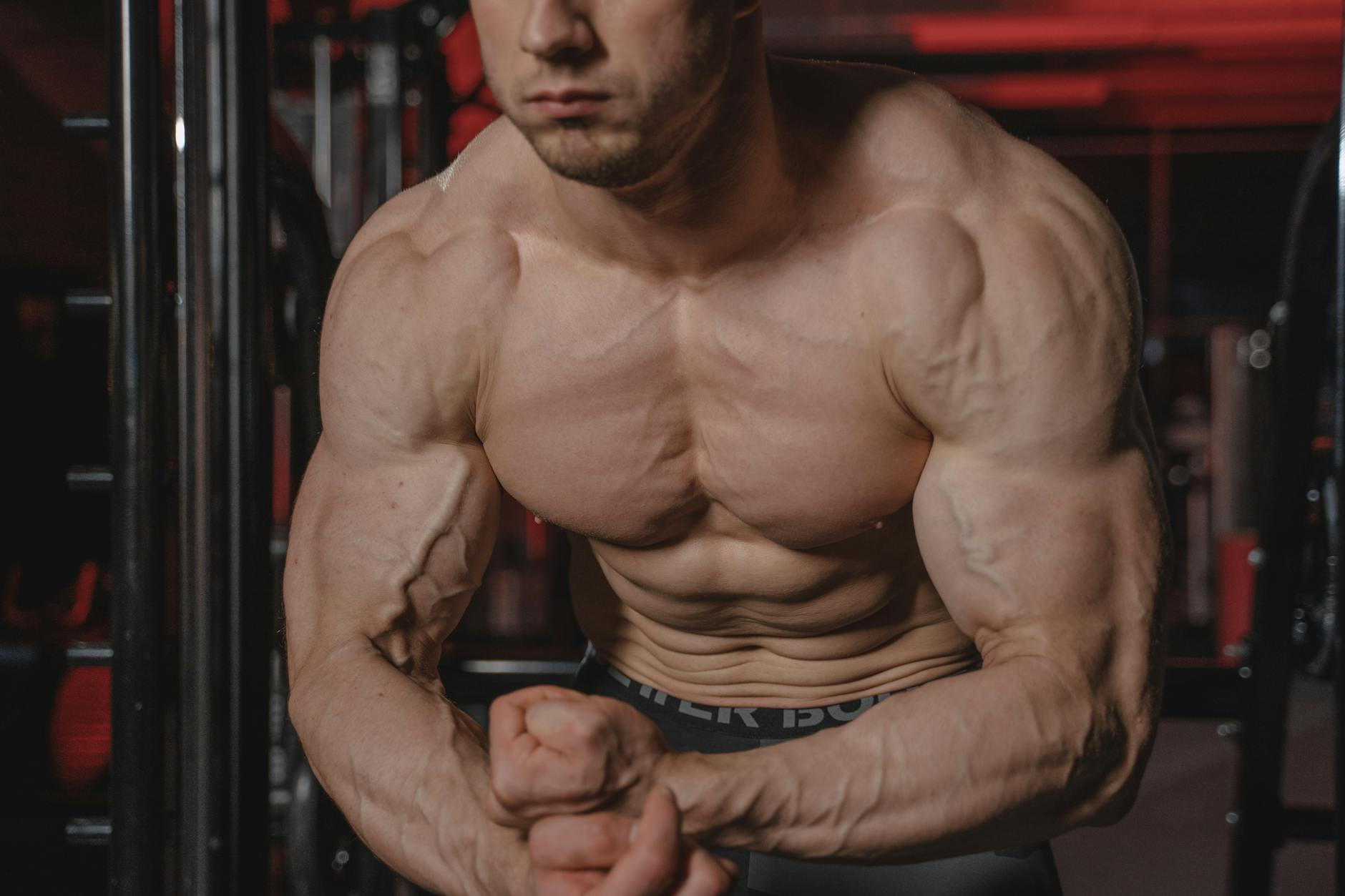
Understanding Your Upper Body Fitness Goals
Before diving into the world of upper body exercise equipment, it’s crucial to establish clear fitness goals. This foundation will guide your equipment choices and training approach.
A. Identifying specific muscle groups to target
When focusing on upper body workouts, it’s essential to understand the primary muscle groups:
-
Chest (Pectorals)
-
Back (Latissimus Dorsi, Trapezius)
-
Shoulders (Deltoids)
-
Arms (Biceps, Triceps)
-
Forearms
| Muscle Group | Key Exercises | Equipment Options |
|---|---|---|
| Chest | Bench Press, Push-ups | Chest press machine, Dumbbells |
| Back | Pull-ups, Rows | Pull-up bar, Rowing machine |
| Shoulders | Overhead Press, Lateral Raises | Shoulder press machine, Resistance bands |
| Arms | Curls, Tricep Extensions | Arm curl machine, Dumbbells |
B. Determining your current fitness level
To come up with appropriate goals, assess your strength and endurance as they are right now:
Do straight forward things like your push ups, so your pull ups
Focus on how many reps you can do while maintaining proper form.
Evaluate any limitations or weaknesses
C. Establishing Practicable Goals
Once you identify the target muscle groups and the current fitness level, form SMART goals:
Specific: “Add 20 pounds on chest press”
Transformable: at all times You’ve been taught with information as much as October 2023
Attainable: make sure your goals are in line with your ability level.
If you Enjoyed: Weight Training Improvements for Upper Body
Time-bound: Establish a timeframe, i.e. on a deadline, such as “within 3 months”
Now that you know what your upper body fitness goals are, here are the most important pieces of equipment to help you get there.

Essential Upper Body Exercise Equipment
When it comes to building upper body strength, choosing the right equipment is crucial. Let’s explore the various options available and their benefits.
Free weights vs. machines: pros and cons
Free weights and machines both have their place in upper body training. Here’s a comparison:
| Free Weights | Machines |
|---|---|
| Engage stabilizer muscles | Provide guided movement |
| Versatile and functional | Safer for beginners |
| Require more skill | Easier to isolate specific muscles |
| Space-efficient | Generally more expensive |
Resistance bands, and how versatile they are
Resistance bands are a great way to spice up your upper body workout:
Portable and lightweight
Provides variable resistance all throughout the motion
Ideal for rehab and injury prevention
Works as resistance for body weight workouts
This is the reissue of the original equipment from 2020 to 2023 plan.
For those who prefer to exercise at home, there are some bodyweight tools that are non-negotiable:
Pull-up bar
Dip station or parallel bars
Suspension trainer (e.g. TRX)
Push-up handles
Arguably the most common tools for grip strength
Do not forget the grip strength when training your upper body. Consider these tools:
Hand grippers
Forearm roller
Thick bar attachments
Farmer’s walk handles
After taking care of the essentials in equipment, let’s clear up some common misconceptions around upper body training that may affect your exercise equipment choices.
Myths and misconceptions about training the upper body can hurt your progress. Let’s bust those myths and set the record straight.
A. The myth of spot reduction
There is a popular myth that spot reduction like targeting fat in one specific area (like the upper body) will result in fat loss in that specific area. But you cannot spot reduce — that is a myth. Fat gets reduced from the entire body, not specifically the place that you work out.
B. Too much focus on isolation lifts
Isolation exercises have their time and place (e.g., for rehabilitation or physique work), but focusing on them is counterproductive. The best approach is just a little bit of both isolation and compound movements.
C. Failing to do compound movements
And compound exercises are often overlooked at the gym as you hit multiple muscle groups. They are vital for overall upper body strength and growth.
D. Cardio is for getting fit and I’m getting fit with this upper body exercise
Although cardio is commonly ignored while conducting upper body training, it is essential to overall fitness and apt for optimising your strength training.
Here is a useful comparison of isolation versus compound exercises for upper body training:
| Exercise Type | Muscles Targeted | Efficiency | Calorie Burn |
|---|---|---|---|
| Isolation | Single muscle | Lower | Lower |
| Compound | Multiple muscles | Higher | Higher |
To optimize your upper body training:
-
Focus on compound movements like push-ups, pull-ups, and rows
-
Incorporate isolation exercises for specific muscle groups
-
Include cardio to improve overall fitness and endurance
-
Maintain a balanced diet to support muscle growth and fat loss
With these misconceptions cleared up, you’ll be better equipped to choose the right exercise equipment for your upper body workouts. Next, we’ll explore how to select equipment based on your experience level.
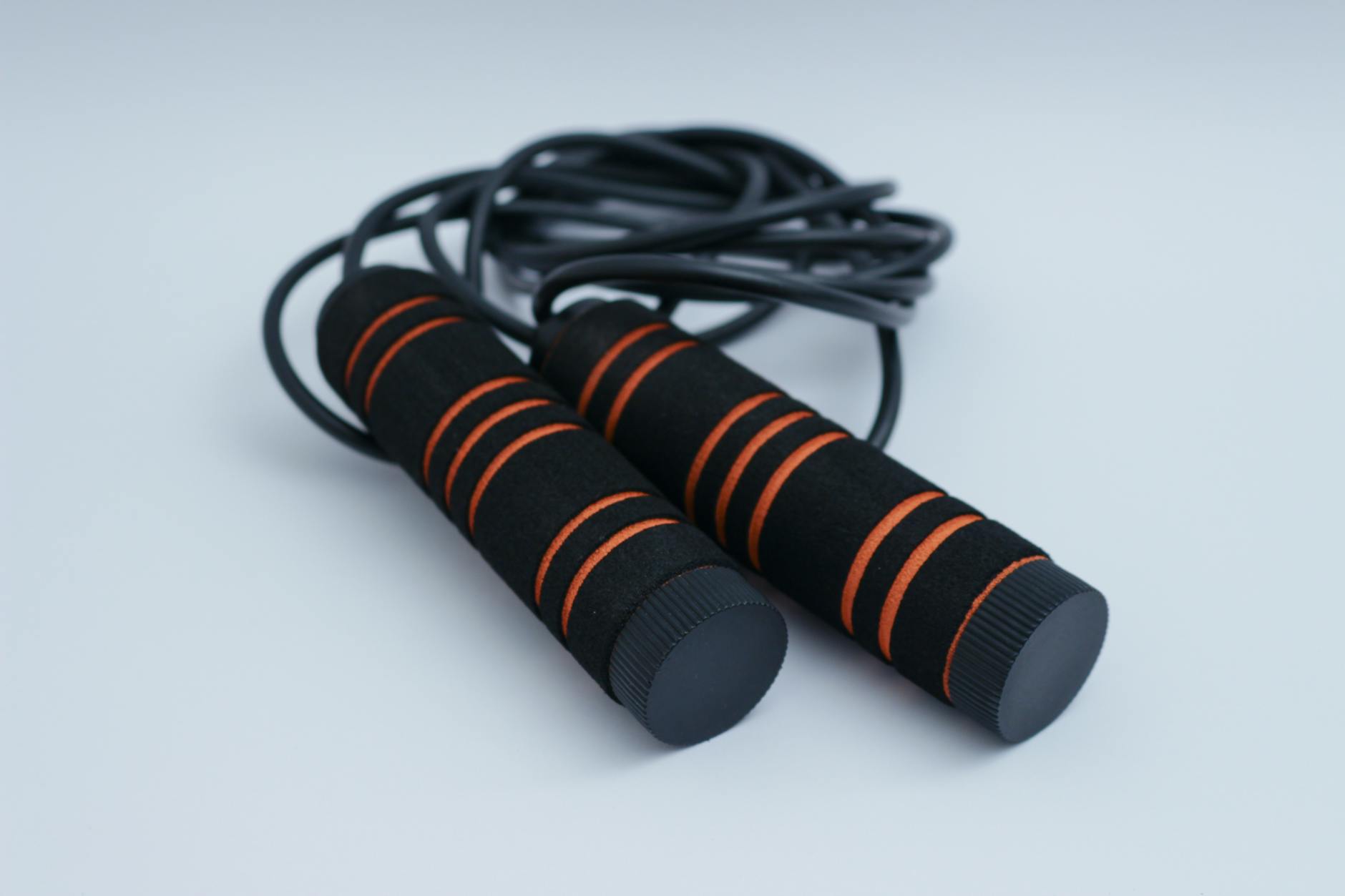
Choosing Equipment Depending on Experience Level
Getting through some common myths surrounding upper body training now it is time to look at how to choose equipment based on your experience level. Choosing the right gear is essential for getting the most out of your workout while decreasing your chances of injuring yourself.
A. Novice-friendly alternatives to building up to a strength base
For beginners in the upper body, focus on things that are versatile and allow practical positioning and gradual increase:
Resistance bands
Light-weight dumbells (5-15 lbs)
We hope you enjoy the products we recommend! Bodyweight exercise equipment (pull up bars,push up stands)
All of these options are inexpensive and allow a foundation to develop strength and muscle endurance.
B. Progressive overload intermediate options
As you work on your strength and confidence, add these elements to your arsenal:
Dumbbells, adjustable (15-50 lbs)
Suspension trainers (e.g., TRX)
Cable machines
| Equipment | Benefits | Exercises |
|---|---|---|
| Adjustable dumbbells | Space-saving, versatile | Bicep curls, shoulder press |
| Suspension trainers | Full-body workouts, core engagement | Rows, chest press |
| Cable machines | Constant tension, varied angles | Tricep pushdowns, lat pulldowns |
C. Advanced equipment for seasoned lifters
For experienced lifters looking to push their limits:
-
Olympic barbells and weight plates
-
Specialized machines (e.g., chest press, lat pulldown)
-
Power racks or squat cages
These allow for heavy lifting and more targeted muscle group isolation. Remember, regardless of your level, proper form is essential for preventing injuries and achieving optimal results.
Next, we’ll examine the differences between budget-friendly and high-end equipment to help you make informed decisions based on your financial constraints.

Analyzing cost-effectiveness
When choosing exercise equipment for your upper body workouts, it’s crucial to consider the cost-effectiveness of budget-friendly options versus high-end equipment. While high-end equipment often boasts advanced features and premium materials, budget-friendly alternatives can still provide excellent results. Consider the following comparison:
| Aspect | Budget-Friendly | High-End |
|---|---|---|
| Initial Cost | Lower upfront investment | Higher initial expense |
| Features | Basic functionality | Advanced features, digital displays |
| Materials | Standard quality | Premium, commercial-grade |
| Warranty | Limited coverage | Extended warranties |
Durability and longevity considerations
The durability of your equipment is all about the value of your equipment. Generally, well-built products made with quality materials can last longer in the field. However, even cheap options can have long lifespans with proper care and maintenance.
High-end equipment:
Commercial-grade components
Longer lifespan
Enhanced durability
Budget-friendly equipment:
May need replacement sooner than expected
With maintenance, can still last for several years
Easier to swap out or upgrade, often
When it comes to space requirements and storage space solutions
When shopping for budget or high-end equipment think about the space you have available. High-end machines take up more space but sometimes provide more compact designs or even folding options. Arguably, cheaper options provide better storage flexibility.
Space-saving alternatives for both categories:
Adjustable dumbbells
Resistance bands
Wall-mounted pull-up bars
Foldable benches
Having gone through the differences between budget vs. premium equipment, lets see how that translates into selecting the right gear based on your gym workout.

Upper-body workouts are not one-size-fits-all. How you train is a big deciding factor in what workout equipment will suit your fitness journey best. Let’s look at how to customize your equipment picks based on different workout styles.
A. Circuit Training Basics
Circuit training requires all-around apparatus and the power to changeover speedily from just one to the up coming. The following is a list of essentials:
Resistance bands
[A] dumbbells [preferably adjustable]
Medicine balls
TRX suspension trainer
B. High Intensity Interval Training (HIIT) Tools
These are rough workouts requiring durable equipment that can take that much activity in short intervals. Consider these options:
Battle ropes
Kettlebells
Plyometric boxes
Weighted vest
C. Equipment for Strength-Focused Routines
If your priority is strength, you need a heavier equipment. Here’s a comparison of some popular strength-training tools:
| Equipment | Benefits | Best for |
|---|---|---|
| Barbell set | Allows for heavy lifts | Compound movements |
| Power rack | Provides safety for solo lifts | Squats, bench press |
| Chest press machine | Isolates chest muscles | Targeted chest workouts |
| Adjustable bench | Versatile for various exercises | Multiple upper body workouts |
D. Options for Functional Fitness Enthusiasts
Functional fitness focuses on movements that mimic real-life activities. Here are some equipment choices:
-
Sandbags
-
Gymnastic rings
-
Sledgehammer and tire
-
Indian clubs
By selecting equipment that aligns with your preferred workout style, you’ll maximize the effectiveness of your upper body training sessions. Remember, the best equipment is the one that you’ll use consistently and enjoy. Next, we’ll explore how the right equipment can impact your form and help prevent injuries.
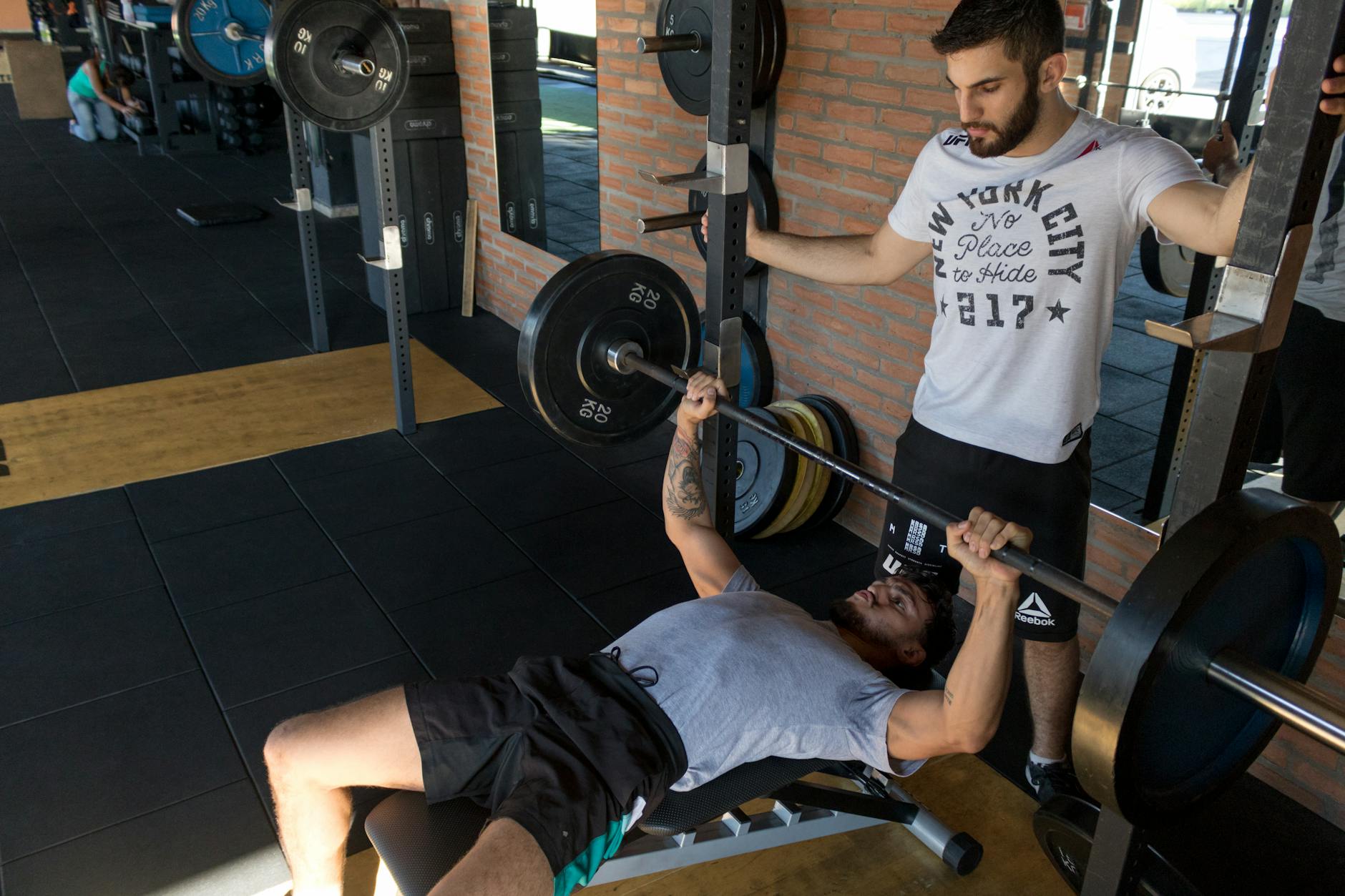 Incorporating Variety with Multi-Purpose Equipment
Incorporating Variety with Multi-Purpose EquipmentNow that we’ve explored the impact of equipment on form and injury prevention, let’s dive into how multi-purpose equipment can add variety to your upper body workouts while maximizing space and budget.
Adjustable Dumbbells and Their Benefits
Adjustable dumbbells are a game-changer for home gyms and small spaces. These versatile tools offer:
-
Space-saving design
-
Wide weight range for progressive overload
-
Quick weight changes for supersets
| Feature | Benefit |
|---|---|
| Adjustable weight | Suits beginners to advanced users |
| Compact storage | Ideal for home gyms |
| Cost-effective | Replaces multiple dumbbell sets |
Versatile Cable Machines
Cable Machines — the Swiss Army knives of upper body equipment, which can give you:
From the start of each movement to the other.
This can work endless variation of exercise fantasy for every upper body muscles
Versatility to hit the muscles at different angles
Plenty of suspension trainers for bodyweight weapons
Suspension trainers like TRX provide a new way to train the upper body:
Mobility for workouts on the go
All backers can pledge to train for any and every fitness level.
Ultimate Core Engagement in Each Movement
Stabilizing and balancing are better than ever
These functional tools pretty much allow you to do the upper body workout in one machine instead of multiple machines. With the addition of adjustable dumbbells, cable machines, or suspension trainers, you can whip up a variety of brutal routines that will be able to hit every muscle group in your upper body.
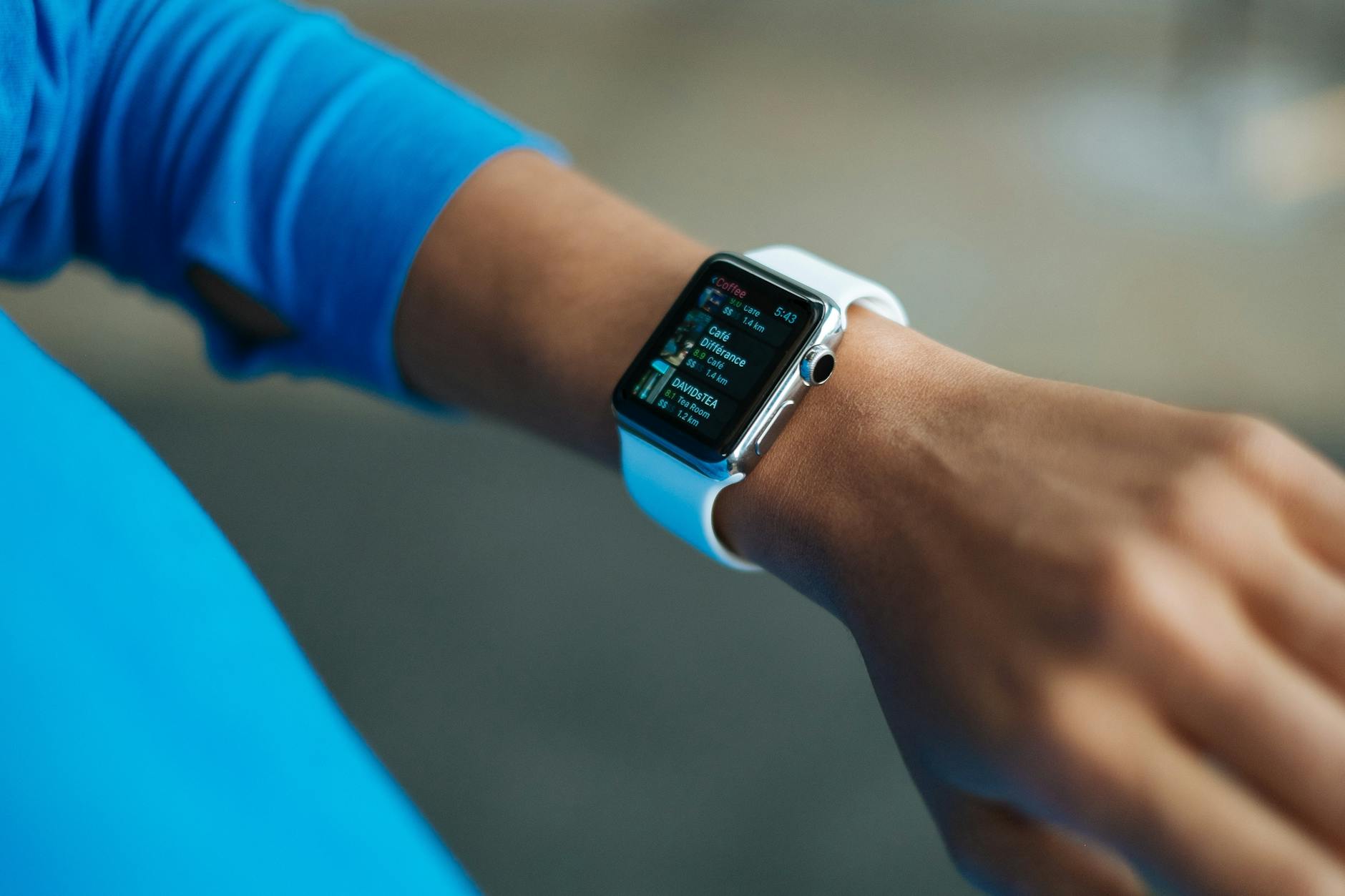
In recent years, technology has revolutionized the way we approach upper body workouts. From smart devices to virtual coaching, these innovations are transforming how we track progress, maintain proper form, and stay motivated.
Smart Devices for Tracking Progress
Smart devices have become indispensable tools for monitoring upper body workouts. These gadgets offer:
-
Real-time data on repetitions, sets, and weight lifted
-
Tracking of muscle activation and power output
-
Long-term progress analysis and goal setting
| Device Type | Key Features | Benefits |
|---|---|---|
| Smart Dumbbells | Weight adjustment, rep counting | Versatility, space-saving |
| Wearable Sensors | Muscle activity tracking, form analysis | Improved technique, injury prevention |
| Smart Mirrors | Visual feedback, virtual classes | Interactive workouts, motivation |
Virtual Coaching and Form Correction Tools
Thanks to virtual coaching tools, professional guidance is now available to you more easily than ever. These technologies:
S02E01 – Offer real-time form corrections
Provide customized exercise regimens
Virtual sessions with certified trainers
Gamification Features To Boost Motivation
“You’re introducing a gamification: You can hit upper body workouts with a lot of fun and competitive edge:
Workout completion point systems
Challenges and accomplishments in a virtual environment
Friendly competition with social leaderboards
These tech marvels are more than gimmicks; they’re changing the game when it comes to upper body training, helping make it more effective, engaging and tailored to ever-evolving individual needs. Moving forward we will take a look at maintaining and taking care of your upper body equipment to guarantee longevity and performance.

To ensure your upper body exercise equipment lasts for years, proper maintenance and care are crucial. Let’s explore the best practices for keeping your gear in top condition.
Cleaning and sanitization best practices
Regular cleaning is essential for both hygiene and equipment longevity. Here’s a quick guide:
-
Wipe down equipment after each use with a disinfectant spray
-
Use a mild soap solution for deep cleaning weekly
-
Pay extra attention to high-touch areas like handles and seats
-
Allow equipment to air dry completely before next use
| Equipment Type | Cleaning Frequency | Recommended Cleaner |
|---|---|---|
| Free weights | After each use | Disinfectant wipes |
| Chest press | Daily | Antibacterial spray |
| Resistance bands | Weekly | Mild soap solution |
Regular equipment checks and adjustments
Regular inspections can catch little problems before they turn into big ones:
Monthly — Check for Loose Bolts or Screws
Check cables and pulleys for wear every 3-6 months
Lubricate moving parts according to the manufactures’ instructions
Regularly test safety features
Purchasing on demand as per Hurdle Also Use
Proper storage is crucial in keeping your arm and chest fitness equipment in good quality:
Store free weights on proper racks to prevent rolling
Store resistance bands out of the light of day
Get covers for the bigger machines when not in use to prevent dust buildup
Keep it in a dry place to avoid rusting of the equipment
Taking the time to do these maintenance tips will not only prolong the life of your upper body workout machines but also ensure that you enjoy safer and more effective workouts. So in the next piece we will look at ways in which technology is changing upper body training equipment.
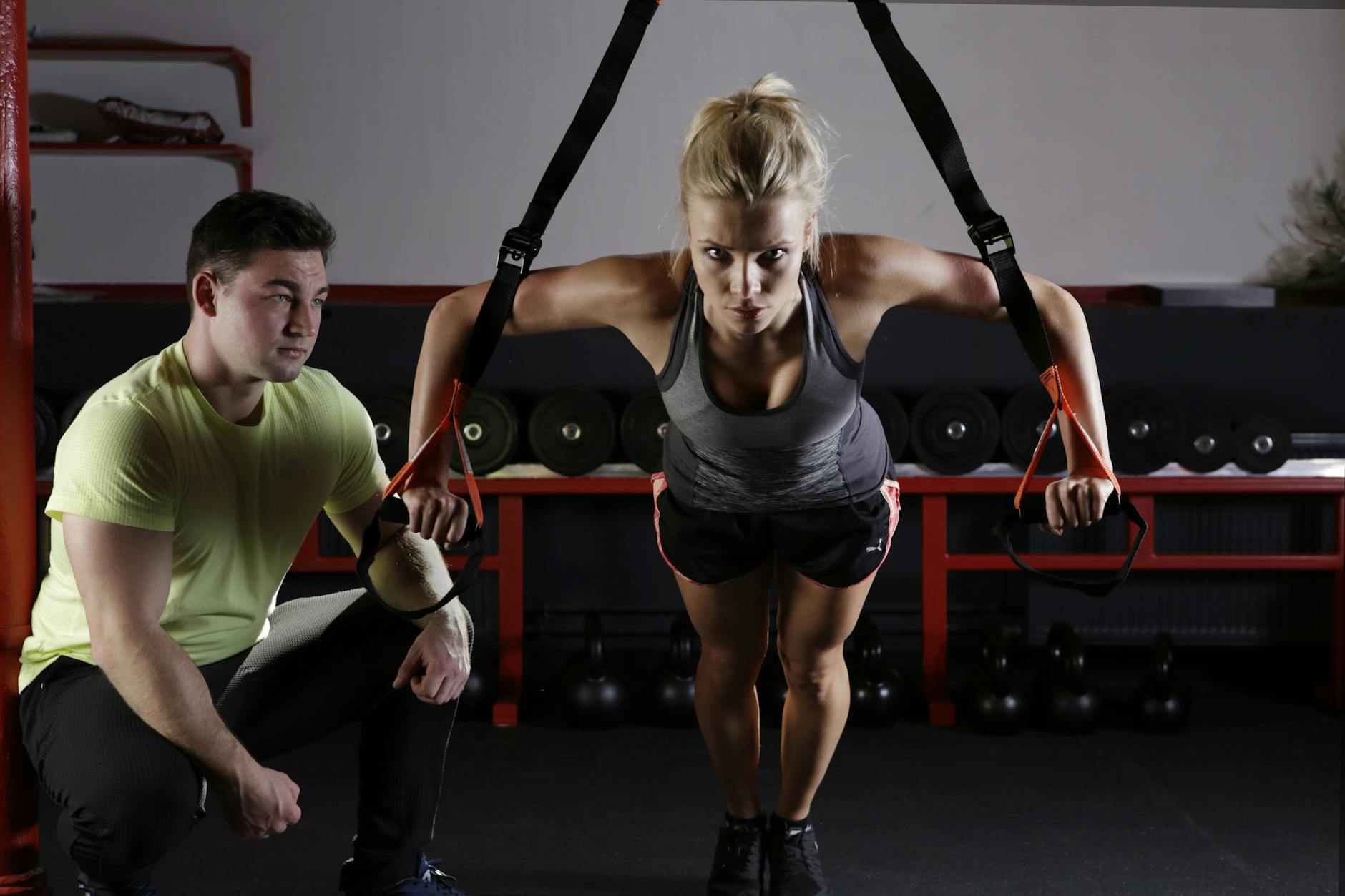
As you embark on your upper body fitness journey, prioritize proper form and injury prevention. Invest in equipment that supports correct technique and allows for progressive overload. Don’t be swayed by common misconceptions or flashy marketing – focus on what truly aligns with your goals and lifestyle. With the right equipment and a commitment to consistent training, you’ll be well on your way to building the strong, sculpted upper body you desire.
